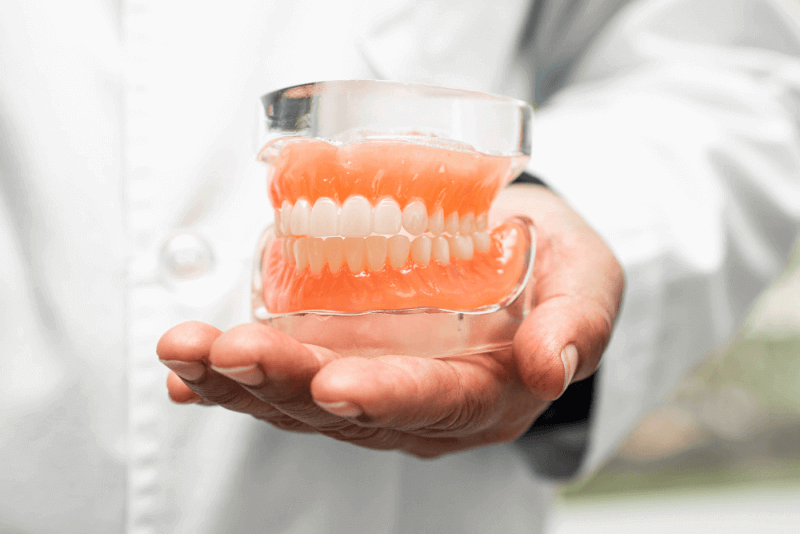30-Second Summary
- Root canal treatment is performed to treat infections in the dental pulp, the innermost layer of the teeth.
- During the procedure, the damaged or infected pulp is removed. The remaining cavity is then cleaned, filled, and sealed.
- Before starting the treatment, a dental X-ray is taken to understand the condition of the affected tooth.
- After root canal therapy, pain and throbbing are expected. Full healing typically takes about one week.
What Is a Root Canal Treatment?
Root canal treatment is used to treat infections in the dental pulp, the innermost layer of the teeth. It is one of the most common procedures performed by dentists and endodontists. Each tooth contains a canal system that runs from the top surface down to the root. There can be up to four pulp chambers per tooth. Dental pulp is made up of connective tissue, nerves, and blood vessels.
In a root canal procedure, the damaged or infected pulp is removed. The empty space is then cleaned, filled, and sealed.
How Is a Root Canal Done?
Before beginning the treatment, a dental X-ray is taken to fully assess the affected tooth. Additional tests may be done to determine if the pulp is dead, infected, or inflamed, including:
- Tapping the tooth or applying hot/cold stimuli to check for sensitivity
- Electric pulp test (EPT) that applies increasing electrical current to see if the pulp responds
- Checking for swelling in the gums or surrounding bone
- Testing for pain during biting
The steps of root canal treatment include:
- Injecting anesthesia to numb the tooth
- Placing a thin, transparent barrier over the tooth and nearby area to keep it dry
- Creating a small opening in the top of the tooth to access the pulp
- Removing nerves, blood vessels, and tissues from the pulp chamber using small instruments
- Cleaning and disinfecting the pulp chamber and root canal
- Filling the empty canal with gutta-percha, a rubber-like dental material
- Sealing the tooth with a temporary filling
- Placing a crown. Since crowns are custom-made, there may be a waiting period before final placement
When Is Root Canal Treatment Needed?
Root canal therapy may be required in cases such as:
- Tooth decay
- Erosion
- Wear and tear
- Injury
- Cracks
- Fractured fillings
- Repeated dental procedures damaging the pulp
When the tooth is damaged, bacteria can reach the pulp, causing infection. Antibiotics alone are insufficient, making root canal treatment necessary.
Post-Treatment Pain
Pain and throbbing are common after a root canal. Healing typically takes about a week. Pain can be managed with prescribed painkillers and cold compresses.
How Long Does a Root Canal Take?
Most root canals can be completed in one session, lasting about 45 minutes. If a crown is needed, a second visit may be required.
Signs of a Failed Root Canal
Though rare, root canals can sometimes fail. Symptoms of failure include:
- Discoloration of the tooth
- Formation of an abscess or infection in the gums
These symptoms may appear weeks or even months after treatment.
Symptoms of a Root Canal Infection
- Severe toothache unresponsive to pain medication
- Pain while biting or chewing
- Swollen and tender gums
- Loose tooth
- Swelling in the face or neck
- Darkening of the tooth
Benefits of Root Canal Therapy
Root canal treatment eliminates infections that could otherwise spread to surrounding teeth. It also helps prevent jawbone damage.
Risks of Root Canal Therapy
In some cases, root canal therapy may not resolve the infection, resulting in failure. In such cases, alternative treatment options like tooth extraction may be required.
Post-Treatment Care
Because the teeth and gums endure trauma during the procedure, the following post-care steps are recommended:
- Stick to soft foods for a few days post-treatment
- Avoid chewing with the treated tooth until the permanent crown is placed
- Brush and floss after every meal
- Use antibacterial mouthwash to keep bacteria at bay







